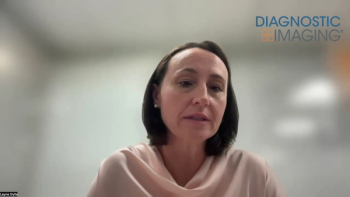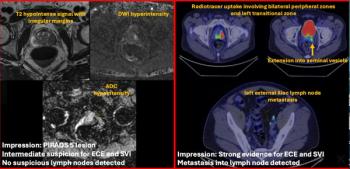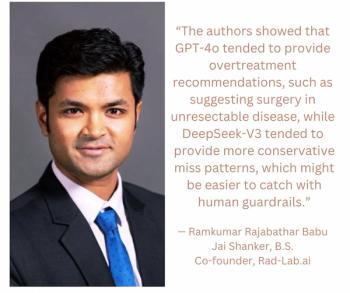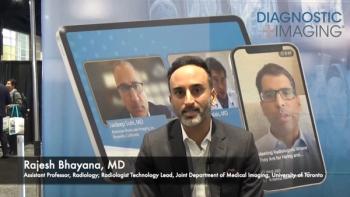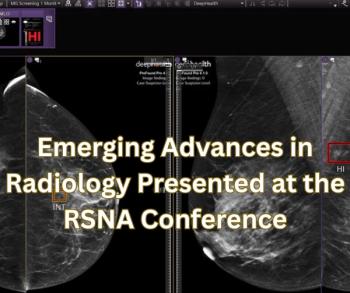
Routine CT Does Not Improve Detection for Occult Cancer
Performing routine abdominal and pelvic CTs does not increase detection of cancer among patients with unprovoked venous thromboembolism.
Routine screening with abdominal and pelvic CT for patients with unprovoked venous thromboembolism does not improve occult cancer detection, according to a study published in the
Researchers from Canada performed a multicenter, open-label, randomized, controlled trial to assess the efficacy of a screening strategy for occult cancer that included comprehensive abdominal and pelvic CT in patients who had a first unprovoked venous thromboembolism.
“Unexplained blood clots have long been thought of as a possible early warning sign of cancer, with previous studies suggesting that up to 10 percent of patients with unexplained clots will be diagnosed with cancer within the year,” lead author Marc Carrier, MD, hematologist and senior scientist at The Ottawa Hospital, in Ontario Canada, and associate professor, University of Ottawa, said in a release. “Some clinical guidelines recommend a CT scan of the abdomen and pelvis in these patients, in addition to other cancer screening, but there has been very little evidence to know if the added CT scan is helpful. We did this study to find out.”
The researchers looked at 854 patients who presented with unexplained blood clots in the legs, lungs, or both. Patients were randomly assigned to undergo limited occult-cancer screening (basic blood testing, chest radiography, and screening for breast, cervical, and prostate cancer) or limited occult-cancer screening in combination with CT. The primary outcome measure was confirmed cancer that was missed by the screening strategy and detected by the end of the one-year follow-up period.[[{"type":"media","view_mode":"media_crop","fid":"39078","attributes":{"alt":"","class":"media-image media-image-right","id":"media_crop_7520968416280","media_crop_h":"0","media_crop_image_style":"-1","media_crop_instance":"3932","media_crop_rotate":"0","media_crop_scale_h":"0","media_crop_scale_w":"0","media_crop_w":"0","media_crop_x":"0","media_crop_y":"0","style":"float: right;","title":"Marc Carrier, MD","typeof":"foaf:Image"}}]]
The findings showed that 33 of the 854 patients (3.9%) were diagnosed with occult cancer between randomization and the one-year follow-up: 14 were from the 431 patients (3.2%) in the limited-screening group and 19 were among the 423 patients (4.5%) in the limited-screening-plus-CT group
The researchers calculated that four occult cancers (29%) were missed by the limited screening strategy and five (26%) were missed by the strategy of limited screening plus CT. The mean time to cancer diagnosis was 4.2 months in the limited-screening group and 4.0 months in the limited-screening-plus-CT group, which was not significant, the researchers said.
“Although it is tempting to believe that more cancer screening is always better, our study shows that this is not necessarily the case,” Carrier said in the release. “And in fact, unnecessary CT scanning has real risks. It can cause stress and anxiety in patients, as well as radiation exposure, and it can lead to over-investigation of false-positive findings. Our study means many patients will now be able to avoid this.”
Newsletter
Stay at the forefront of radiology with the Diagnostic Imaging newsletter, delivering the latest news, clinical insights, and imaging advancements for today’s radiologists.

